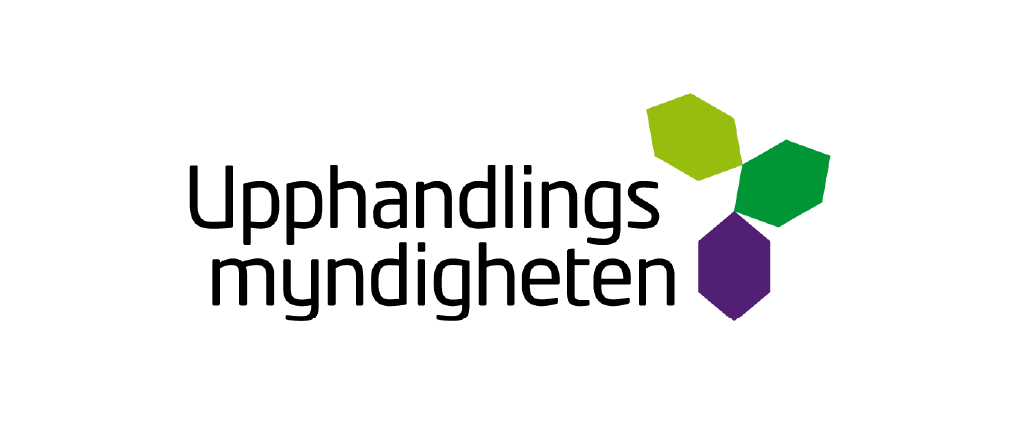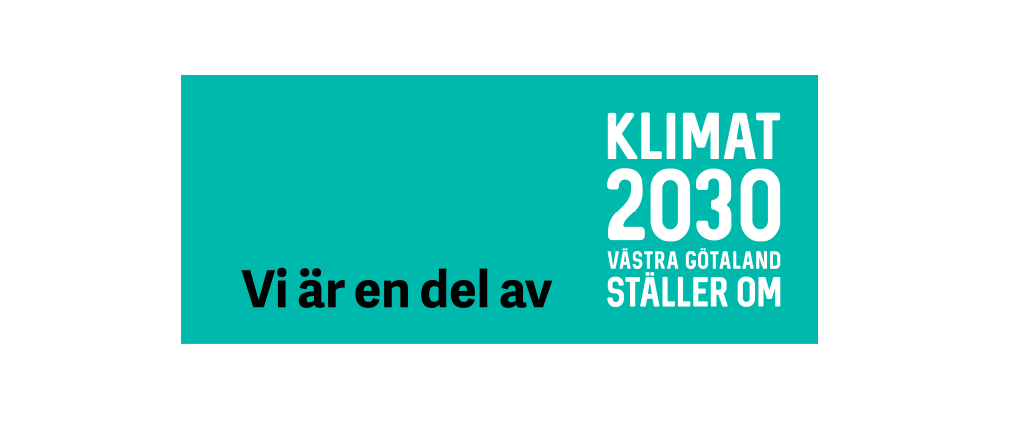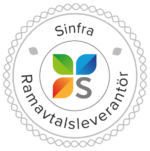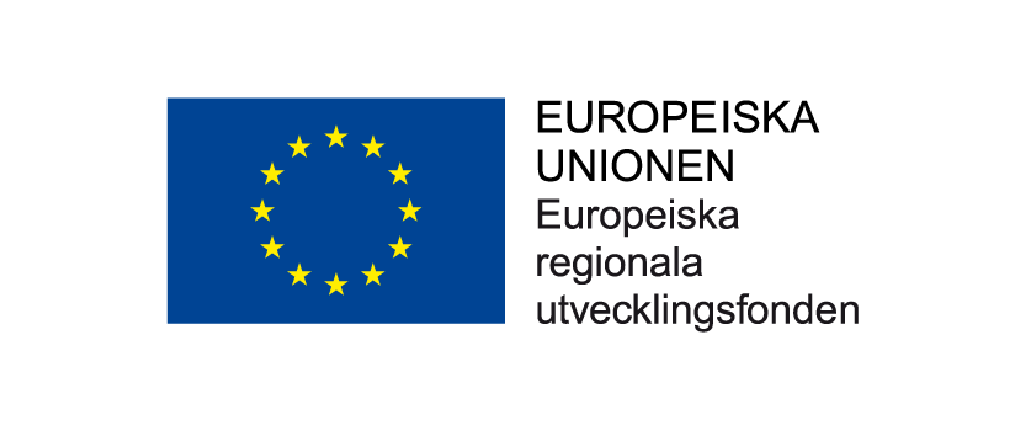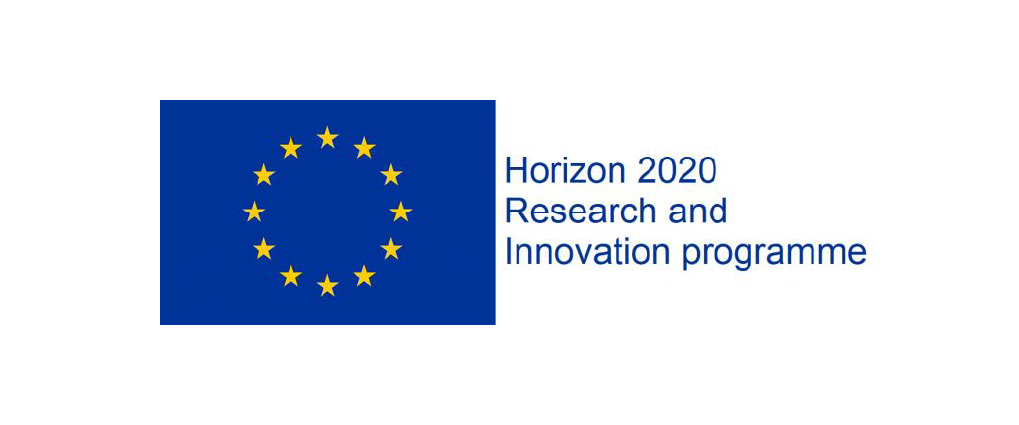A certification scheme for operation of buildings with well-planned and ambitious environmental improvements
- Utgivare: IOP Conference Series: Earth and Environmental Science
- År: 2020
- Nummer: Volume 588, 1.01 – 1.05
- Författare: Åsa Wahlström, Catarina Warfvinge
- Typ: Konferensbidrag
The development of environmental certification schemes has increased rapidly during the last twenty years and are often used as benchmarks during design of new buildings or reconstruction. However, for management of our existing buildings the members of Sweden Green Building Council request for clear guidelines and a certification scheme. Therefore, a new certification scheme called Miljöbyggnad in Operation has been developed within close cooperation with branch actors through interviews, workshops and suggestions for consideration. The scheme was launched in summer 2020.
The new scheme act as a guidance tool for the property sector to meet the environmental quality objectives. Today many of our existing buildings do not even meet the requirements within the Swedish Environmental Code and many tenants are suffering with health problems due too low indoor environment qualities in their homes, in schools or at work. Therefore, high focus is on indoor environment and occurrence of dangerous substances but also aspects that consider improved health. U
se of energy and resources are considered to reduce the impact of global warming. Building’s status is evaluated in order to make deliberate environmental improvements. Eighteen environmental aspects are assessed with about 250 statements that should be answered with yes in order to give one score. With the scores the building owner will get a good identification of the worst parts of the building and which measures that directly will give substantial results. The aim is to give a clear presentation of the building’s status, irrespective of building category or age, and to inspire for a well-planned and ambitious environmental improvement with gamification.
You find the full version of the article here.
Want to know more? Contact Åsa Wahlström
This paper was presented at Beyond 2020

